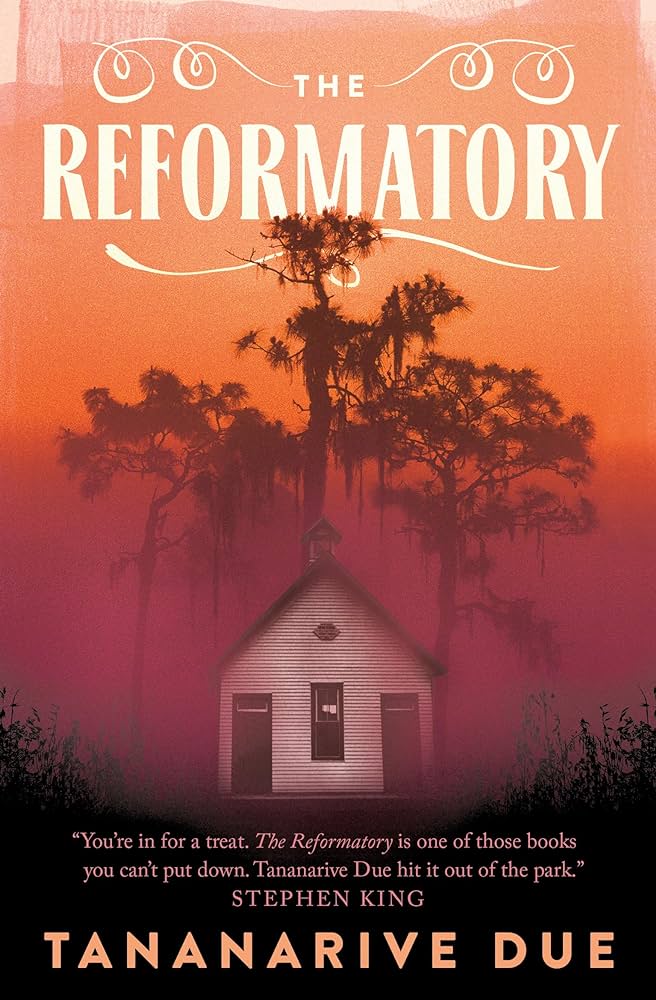
Horrors of both supernatural and natural kinds.
In 1950, 12-year-old Robert Stephens, Jr., fights off a teenage boy who is making aggressive sexual advances on Robert’s sister. Robert is black, the older boy is white and the son of a prominent citizen in the Jim Crow south. You know immediately it’s not going to go well for Robert. He’s sentenced to six months at the Gracetown School for Boys, a reformatory notorious for its brutality and from where some boys never return. This is where the horror begins.
Robbie enters the cruel system, quickly learning rules for survival from his friends Blue and Redbone—how to not-see what they witness, how to avoid the sadistic Warden Haddock—and adopts the dread the boys feel at being sent to the “Fun House.”
Read more...
What adds to the horror is that this reformatory is based on the infamous Arthur G. Dozier School for Boys, operated by the state of Florida from January 1900 to June 2011. Hundreds of men have testified to the cruelty, gruesome beatings, and rape they suffered while youths at the school, often sent there for minor offenses or for the crime of being orphans. In recent years, researchers from the University of Florida have found the remains of at least 55 boys buried on the grounds.
Colson Whitehead’s The Nickel Boys (2019) is also based on the Dozier School, a tense, gritty novel with a jaw-dropping twist at the end. Tananarive Due is a major writer of Black horror and speculative fiction, author of such works as The Between (1995), The Good House (2003), and The Living Blood (2001), which won the American Book Award, and she adds a supernatural element to the “natural” horrors of the school: Robbie is able to see the ghosts, or haints, of the boys who died there, and through them, he learns the full extent of the horrors that have been committed, and why many boys have gone missing. Their spirits are now seeking revenge for the injustices that were their lives.
For readers, supernatural horror is easier to live with. We can put the book down when finished, knowing it’s fiction. It’s much more discomforting when realizing the horror actually happened.
Both Colson’s and Due’s novels are riveting and disturbing mirrors to the racial injustice that is part of our nation’s history. But for Due, there is also a more personal connection. The Reformatory is dedicated to her great uncle, Robert Stephens, who was killed at the Dozier School for Boys in 1937. He was 15 years old.
“Don’t b’lieve in ‘evil’ in most ways,” Miz Lottie said. “I believe in the devil, all right, but man don’t need no help from Satan to do what folks call ‘evil.’ Man do evil ev’ry day and call it doin’ their job. Slave drivers was ‘doin’ their job,’ beatin’ the skin off folks… ’Cuz, see, colored folks fighting for what’s theirs is like a virus to white folks—and they kill a virus so it don’t spread. That killing is the work of man, not the devil.”
from The Reformatory
Tananarive Due
Saga Press
This review first appeared in The Columbia River Reader (October 15, 2024.) Reprinted with permission.



